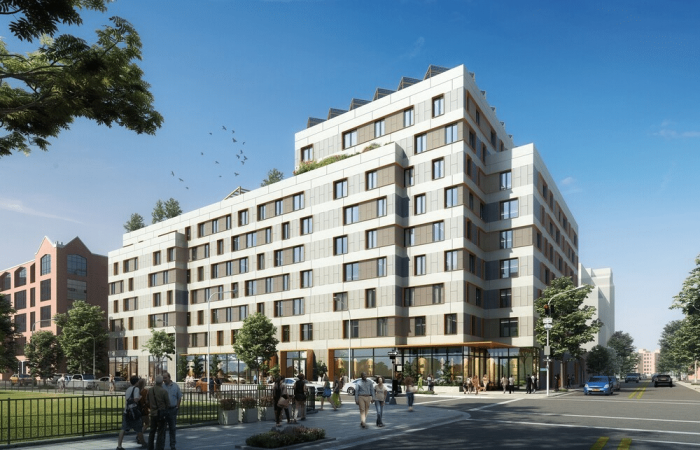Even the antiques along Atlantic Avenue are getting too old for the hip, new neighborhood.
A quarter-century ago, the street was an antiques destination and home to 34 stores selling Victorian-era furniture, 1970s-era rotary phones, and everything in between — and homeowners citywide descended on Atlantic Avenue to fill their brownstones.
But tastes have migrated to mid-century modern (and Ikea-modern). Ten years ago, 21 of those stores remained. Today, there are 12.
“Atlantic Avenue is dying as an antiques center,” said Bob Simari, owner of Repeat Performance Antiques, which has been at 377-A Atlantic Ave. for 30 years. “It’s sad, but it’s a fact of life.”
Newcomers are favoring less expensive, more sleek furniture. And as apartment prices go up, people can’t afford to furnish their multi-million-dollar brownstones the same way they used to, dealers said.
Real-estate broker Tim King of CPEX Realty said the high-end development market is shifting the entire face of Atlantic Avenue.
“It’s not a good thing or a bad thing — it’s the evolution of retail,” King said. “It’s a testament to the strength of the neighborhood.”
But the antiques dealers insist there is still a market out there. To survive, many dealers are turning to the Internet.
“The future is on the Internet — and the customers know to go there, too,” said Circa Antiques and Circa Restoration owner Rachel Leibowicz, who has been in the business for 34 years. “The day of the single storefront of an antiques shop is done. You change or die.”
High rents have forced Leibowicz to consolidate her stores into one location at 374 Atlantic Ave., but Leibowicz said she now does better business through her Web site, www.circaantiquesltd.com, than in her store.
“I would like to stay open for a little longer, that’s why we’re consolidating. We’re not ready to close up shop yet,” she said.
It’s not so much the increases in rent; Leibowicz said her landlord raised her lease to nearly $4,000 after decades of staying below $2,000. In good times, she could raise prices, but the poor economy means that people won’t pay dearly for an extravagance like a $5,700 walnut bed or $10,000 Victorian dining room set when the big box on Beard Street is doing modern chic at low, low prices.
And, face it, how often do people buy big-ticket furniture items?
“The antique stores are kind of fun and funky, but how many antiques can one family buy?,” King said. “If you put in an apparel store or a services business, then the families that live in the neighborhood can frequent the shop [more often].”
For new tenants, the rent is considerably steeper: King said average rents now run between $10,000 and $12,500 per month, up about $4,000 from two years ago.
The new shops include the clothing boutique Steven Alan at 349 Atlantic Ave., where Yul Vilbaum Antiques once was, and a wine bar, Donna Da Vine at 378 Atlantic Ave., where Nassar Furniture was. And neighbors can expect more of the same, said King, who is currently marketing spaces on Atlantic Avenue.
The new luxury developments — and big purses — coming to the neighborhood were expected to help things, but many of those projects have been downsized or slowed down because of the stagnant economy. As a result, many merchants now feel that they won’t be around long enough to reap the benefit of having so many more well-off people in the neighborhood, explained Atlantic Avenue Betterment Association President Sandy Balboza.
“We’ve worked to develop this as a critical retail strip, but it’s in danger,” Balboza said.
To attract shoppers, the Association offers financial support to storeowners to hang new signs and better light the stores at night. But the shoppers aren’t coming in the same hordes anymore, Balboza said.
The once-darkened, emptier street has certainly shifted to a family neighborhood with restaurants and bars — which is an advantage — but longtime storeowners didn’t expect that change to wipe them off the map, too.
“Property values go up,” Leibowicz said. “Atlantic Avenue has always evolved — but now it’s evolving and spinning us right off the block.”
Simari agreed, and offered one note of hope: “I think this furniture will be rediscovered in 20 years, the way it was 40 years ago,” he said. “We’re in a normal, natural cycle. Victorian furniture has had 30 good, solid years.”
























